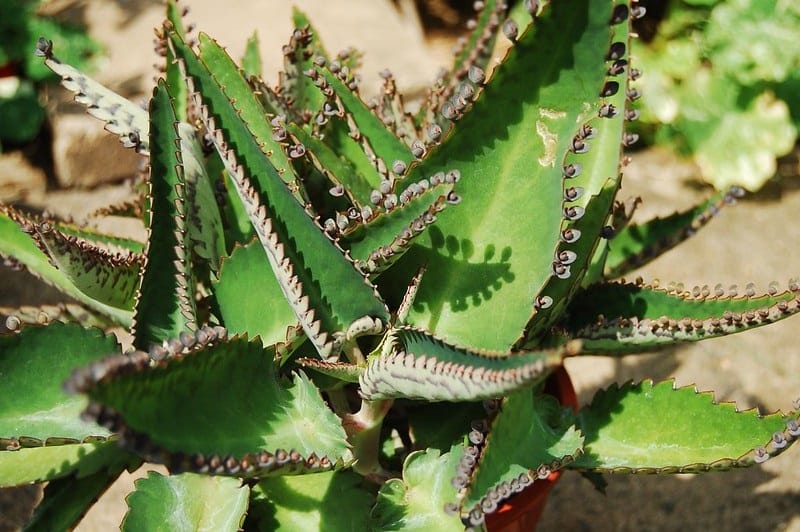

Cultural Significanceĭevil’s Backbone plant has played an important role in various cultural practices across the world. This makes it an ideal choice for gardeners and plant enthusiasts who are looking for a low-maintenance plant to add to their collection.
DEVILS BACKBONE PLANT INFO FULL
It is drought-tolerant and can survive in both full sun and partial shade. The plant’s leaves come in a range of colors, including green, yellow, and red, making it a popular choice for adding a splash of color to any space.ĭevil’s Backbone plant is also easy to care for and can thrive in a variety of conditions. The zigzag stems and fleshy leaves of Devil’s Backbone plant give it a distinctive appearance that sets it apart from other succulents.

The plant makes a great addition to any garden or indoor space thanks to its unique shape and color. In addition to its medicinal properties, Devil’s Backbone plant is also widely cultivated for its ornamental value. The sap from the plant is believed to help flush out toxins from the body. The plant’s sap is boiled or steeped in water and consumed as a tea.Īdditionally, Devil’s Backbone plant has been used as a natural diuretic to treat kidney problems like kidney stones, bladder infections, and urinary tract infections. In some cultures, Devil’s Backbone plant is used as a natural remedy for respiratory problems such as asthma, bronchitis, and coughs. The sap can also be applied topically to relieve muscle and joint pain.
DEVILS BACKBONE PLANT INFO SKIN
The sap from the plant is believed to have anti-inflammatory and analgesic properties, making it useful for treating various ailments such as wounds, burns, and skin irritations. Medicinal Usesĭevil’s Backbone plant has been used in traditional medicine for many years. In this article, we will explore some of the most common uses of this versatile plant. The plant is characterized by its zigzag stems and fleshy, lance-shaped leaves that grow up to 8 inches long.ĭevil’s Backbone plant has been used for centuries for its medicinal properties and various cultural practices. It is a member of the Euphorbia family, which includes over 2,000 species of plants. Devil’s Backbone plant, also known as Euphorbia tithymaloides or Pedilanthus tithymaloides, is a succulent shrub native to Central and South America but is now widely cultivated across the world as an ornamental plant.


 0 kommentar(er)
0 kommentar(er)
